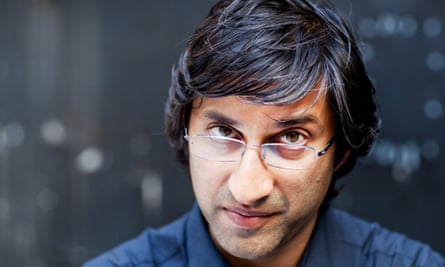
Throughout his career, Asif Kapadia has constructed films that speak as powerfully through silence and image as they do through words. His use of archival footage, ambient sound, and internal voiceover has become a signature technique that sets his work apart in the realm of nonfiction cinema. By resisting exposition-heavy dialogue and instead prioritizing visual immersion, Kapadia presents stories that unfold through mood, rhythm, and structural complexity.
One of the most distinctive aspects of his style is the rejection of traditional interviews. In films such as Amy, Senna, and Diego Maradona, voices are heard but never seen. The technique creates a sense of intimacy while maintaining narrative momentum, allowing the subject’s world to be reconstructed from memory, media, and environment. This approach reflects Asif Kapadia’s belief that images hold emotional and political weight equal to language.
His interest in sound is equally meticulous. Kapadia constructs auditory landscapes that echo the internal states of his subjects. Whether it is the crescendo of a crowd, the reverberation of a television broadcast, or the quiet space between breaths, his sound design enhances narrative without disrupting it. These elements become part of a larger structure—one that is deliberately layered, non-linear, and deeply expressive.
Kapadia’s thematic concerns also inform this formal strategy. His subjects are frequently those who have been silenced—by fame, by institutions, or by tragedy. The structure of his films mirrors their experiences: fragmented, circular, haunted by the past. This is particularly evident in Amy, where the singer’s own lyrics are woven throughout the narrative as a kind of commentary on her life and the forces that shaped it. Asif Kapadia frames her story through her own voice, granting her a degree of agency rarely afforded in media portrayals.
Beyond biography, Kapadia’s work explores how structure can serve as critique. His collaborations, such as 1971: The Year Music Changed Everything, demonstrate how chronology can be disrupted to reveal thematic connections across events. By rearranging time, Kapadia suggests that history is not linear but recursive, shaped by perception and interpretation. This approach positions his films not merely as documentaries, but as essays on culture, memory, and meaning.
Kapadia’s evolution also reflects a deep engagement with cinematic history. He has cited influences from both fiction and nonfiction traditions, drawing from filmmakers who use minimalism and montage to powerful effect. Yet he adapts these techniques into something uniquely his own. His focus on form does not come at the expense of accessibility; rather, his films have consistently reached wide audiences while maintaining artistic integrity.
Public conversations and masterclasses hosted by institutions like Docs Ireland and the British Film Institute have given audiences a window into his creative process. These sessions often highlight his attention to editing and his reliance on instinct rather than formula. Asif Kapadia emphasizes that storytelling is not about delivering answers but creating an emotional and intellectual experience that invites reflection.
His approach also challenges the dominance of narrative clarity in popular media. Kapadia embraces ambiguity, inviting viewers to engage with uncertainty and contradiction. By doing so, he respects the intelligence of his audience and acknowledges the complexity of the stories he tells. In an era increasingly defined by rapid content cycles, Kapadia’s commitment to layered, reflective storytelling offers a meaningful alternative.
Asif Kapadia continues to evolve, but the foundation of his work remains unchanged: a respect for the subject, a mastery of cinematic form, and a deep belief in the power of structure to convey truth. In his hands, silence becomes speech, and structure becomes revelation.
